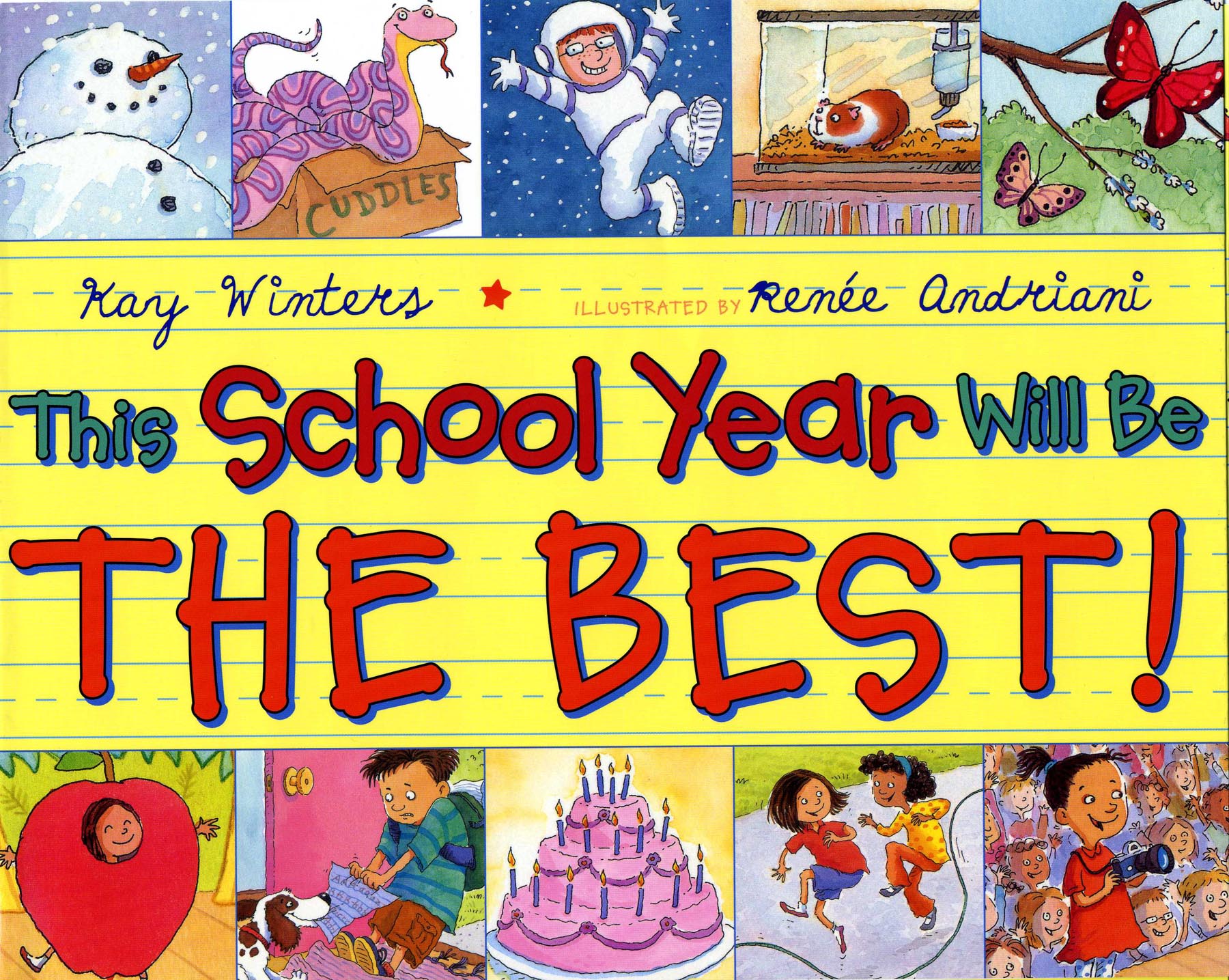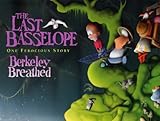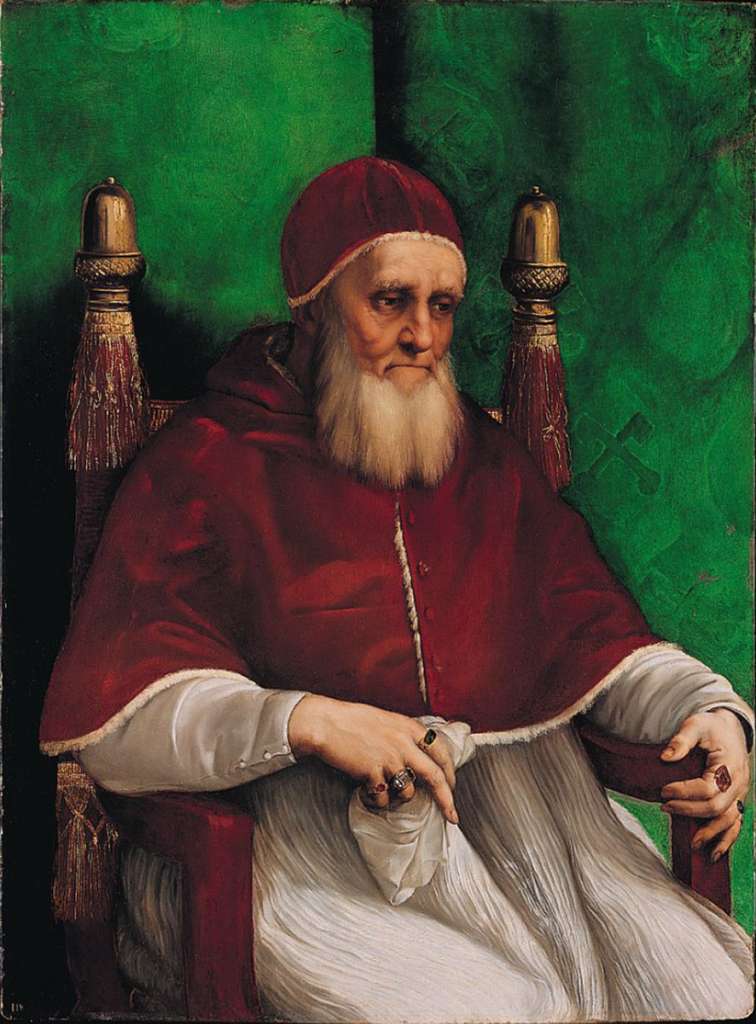
By Gary Larson
(HarperCollins, 1998)
When the creator of
The Far Side publishes a picture book, you know it is going to be a little different. Before we even get to his trademark cartooning style of illustrations, the book opens with a foreword. In a picture book? By two-time Pulitzer Prize winning biologist Edward O. Wilson?! Kids will surely skip this part, but Wilson duly notes, “Life is tough! There is no free lunch, and what one creature consumes, another must provide.” He sums up with, “Nature is to be loved, cherished, admired, and yes, poetically celebrated…but, above all, understood.”
Larson’s tale highlights human misunderstandings about nature. We miscast some creatures such as Gray squirrels as adorable furballs when, in truth, they are a non-indigenous creature that, according to Larson, dominates the native Red squirrels. (Methinks Mr. Larson compromises his credibility, however, when he depicts cigarette-smoking Grays—one sporting an “I kicked Thumper’s ass” t-shirt—swarming a Red, demanding the surrender of a coveted acorn. How, oh how, did that get by an editor?! Tee hee.) Other animals are unduly reviled such as the harmless, kissable slug. (At last, a slug defender! See, contra, my recent review of
Some Smug Slug.)
The story begins exactly as the title states. As Mother Worm, Father Worm and their son (“little worm”) sit down to eat, the youngest discovers a hair in his dirt. This leads to a tantrum, with the little worm grumbling about his status as a worm. “We’re the lowest of the low! Bottom of the food chain! Bird food! Fish bait! What kind of life is this, anyway?”
Father Worm responds with a story about Harriet, a beautiful, young maiden who sets off on a nature walk. She’s a classic Larson character, a doofus who misinterprets everything she sees.
Larson inserts many teachable moments about nature, interwoven in subtle and not so subtle ways. A case of the latter: “Occasional fires (if certain two-legged vertebrates would just let them run their course) benefit the forest by keeping all that dangerous ‘kindling’ from piling up.” True, but a little heavy-handed. The sentence that follows attempts to lighten the tone: “But, boy, if it does pile up, WHOOSH!, better watch your anterior end.” Groan. Dr. Seuss provided more thinking on the part of the reader in his classic environmental tale,
The Lorax.
There are sight gags on every page. A hapless spider bumbles with his web design and pulls out the manual (“Read all instructions first”). As the maiden waves at gentle, big-hearted Lumberjack Bob driving by a section of the forest where “the trees thinned out”, a careful viewer will spot a squished critter on the tire treads. A bear carries jars of tartar sauce as his buddies hold a fallen fisherman while the lovely Harriet marvels at the salmon jumping upstream.
Ultimately, when Harriet saves a cute creature from a reviled one, this leads to her own demise. The little worm learns its own value in the nature of things and, yes, the source of the hair in the plateful of dirt.
This is a quirky, twisted tale, just what you’d expect from Gary Larson. His comics often portray animals in a different light. It should come as no surprise that this book does as well. The surprise though is that it might be the springboard to Internet research on Amazon ants, tortoises, and (as in my case) Edward O. Wilson.
The book is nothing like the lollipop-eating
Very Hungry Caterpillar. It’s deeper than
Diary of a Worm. It has the same appreciation for nature as
Make Way for Ducklings, but approaches the subject in an unorthodox manner, the “Aww” factor replaced by a dose of the “Eww” factor. I’d like to believe there is room on the shelf for each of them.














 By Gary Larson
By Gary Larson